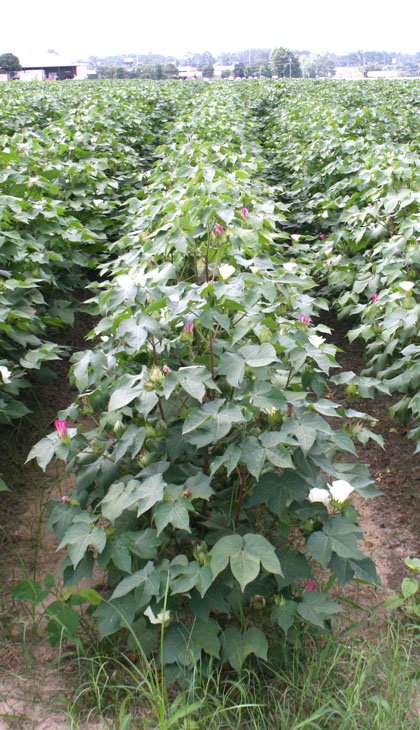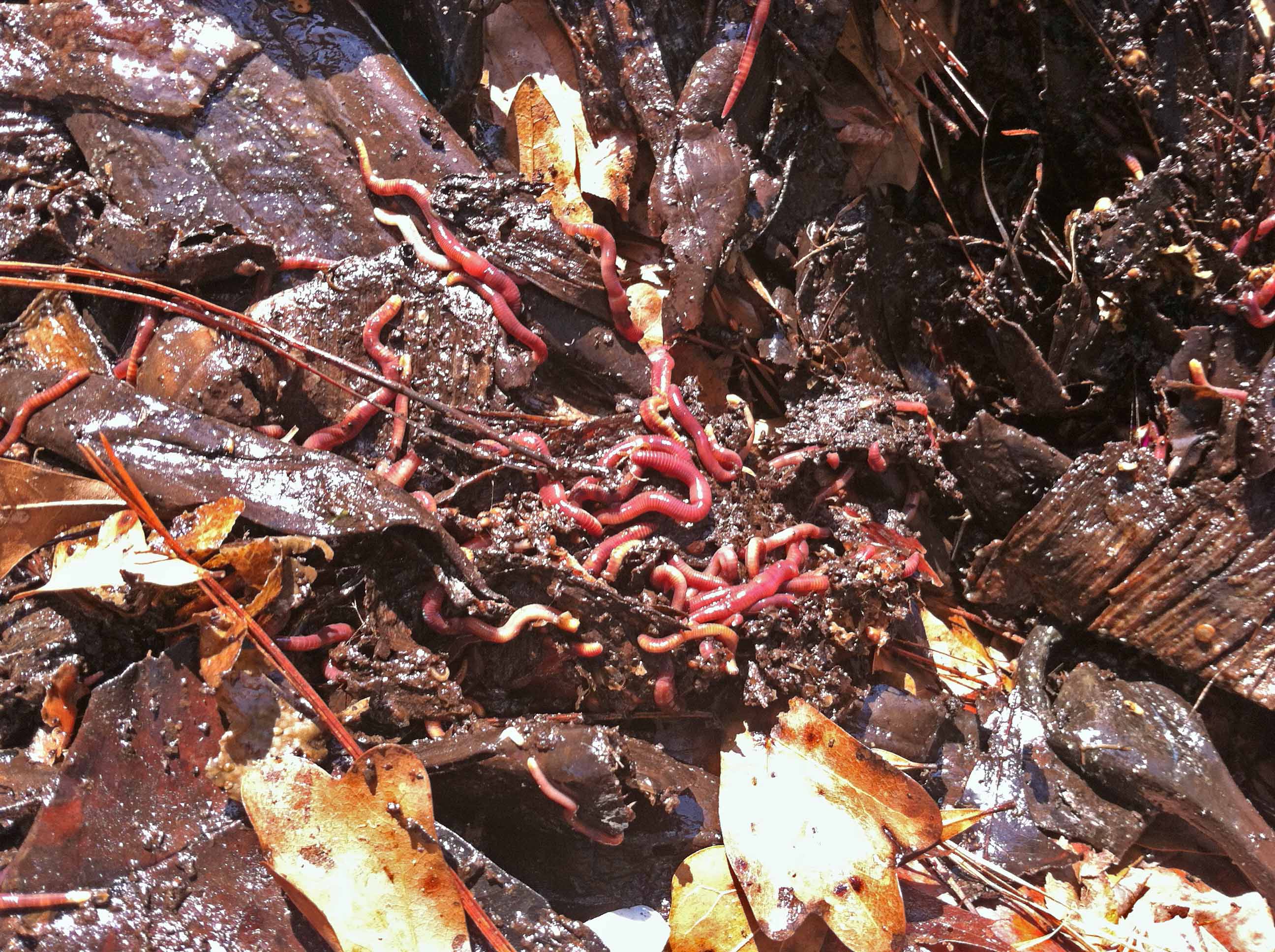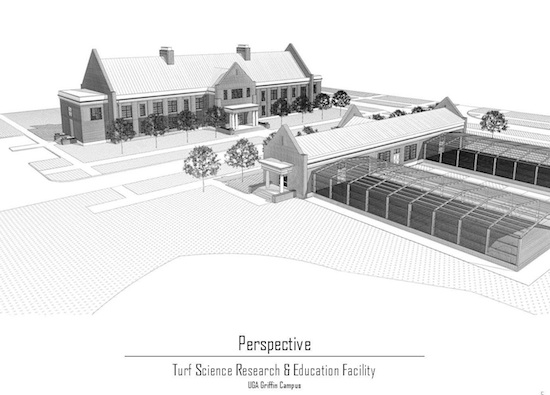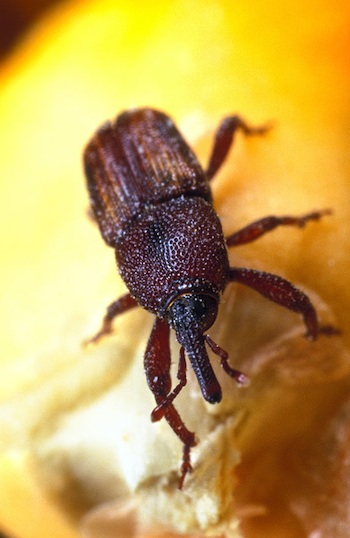.jpg) CAES News
CAES News
Peanut Funding
University of Georgia peanut researchers have been granted $256,280 from the Georgia Peanut Commission to fund various peanut-related research projects in 2015.





